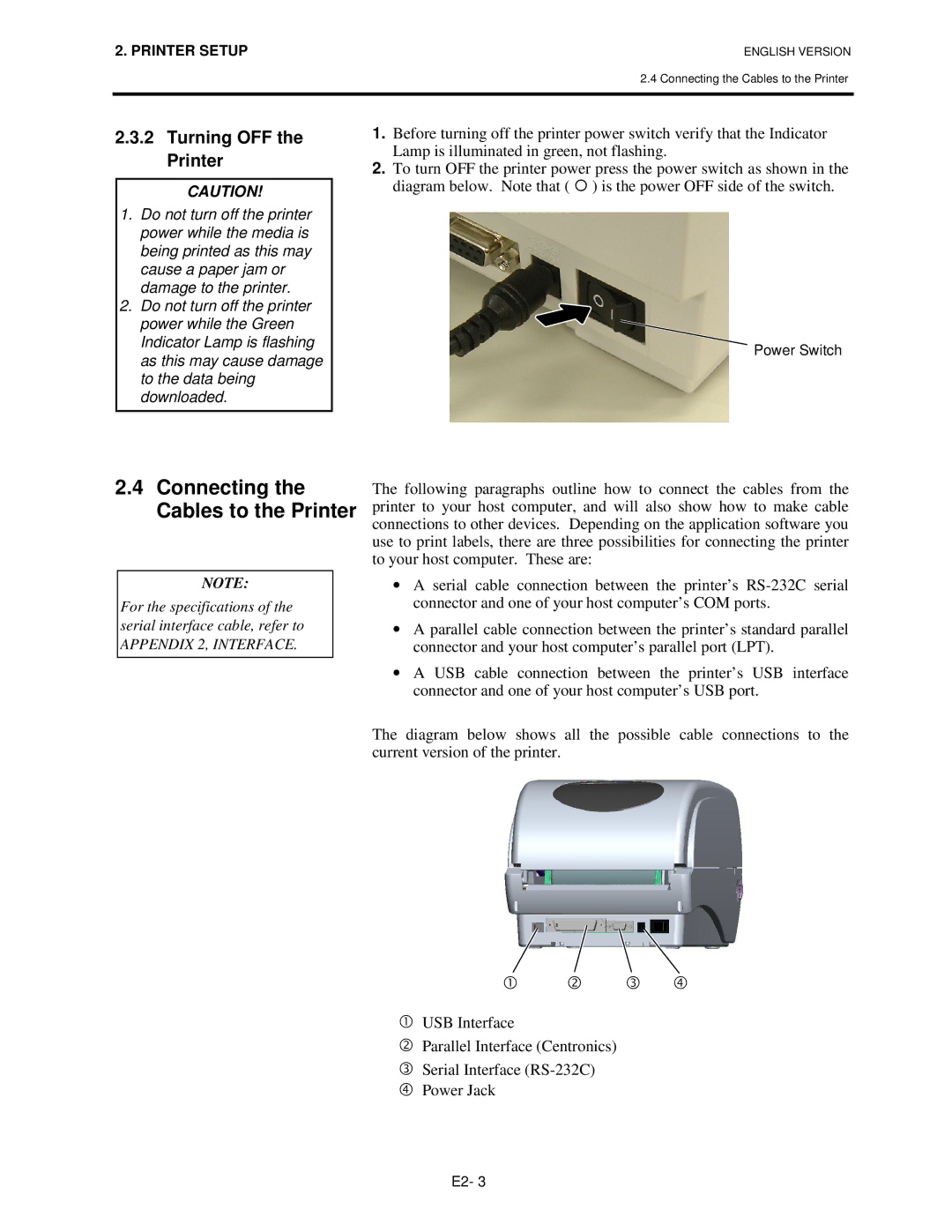BSV4TGS10QMR specifications
The Toshiba BSV4TGS10QMR is a highly advanced power amplifier that has garnered attention for its remarkable performance and versatility in various applications. This device is particularly suited for mobile communication systems, satellite communication, and broadcasting technologies, playing a crucial role in enhancing signal integrity and strength.One of the most notable features of the BSV4TGS10QMR is its compact size, which facilitates easy integration into various devices without the need for significant redesigns. It is encapsulated in a small footprint package, which is essential for modern applications where space is at a premium. This amplifier's design also emphasizes thermal efficiency, ensuring that it can operate effectively even in demanding environments.
The BSV4TGS10QMR utilizes advanced GaN (Gallium Nitride) technology, which contributes to its high power density and efficiency. GaN technology is known for its ability to handle high voltages and deliver greater output power compared to traditional silicon-based options. This makes the BSV4TGS10QMR an excellent choice for applications requiring high linearity and wide bandwidth, as it maintains signal quality across a broad frequency range.
In terms of performance characteristics, the BSV4TGS10QMR exhibits impressive gain levels and low noise figures, making it an effective solution for boosting weak signals while minimizing distortion. Its robust design allows for a high degree of reliability, which is essential for mission-critical communications where any failure can lead to significant setbacks.
Another key feature of the BSV4TGS10QMR is its ability to support different modulation formats, which is crucial in today's diverse communication landscape. This adaptability allows the amplifier to be utilized in various systems, ranging from traditional radio frequency (RF) applications to cutting-edge digital communication networks.
Overall, the Toshiba BSV4TGS10QMR stands out as an exemplary power amplifier with a blend of compact design, advanced GaN technology, and impressive performance characteristics. Its versatility and reliability make it a valuable component for engineers and developers looking to enhance communication systems while ensuring efficient power usage and exceptional signal integrity. As technology continues to evolve, devices like the BSV4TGS10QMR will play a pivotal role in shaping the future of wireless communication and broadcasting industries.

